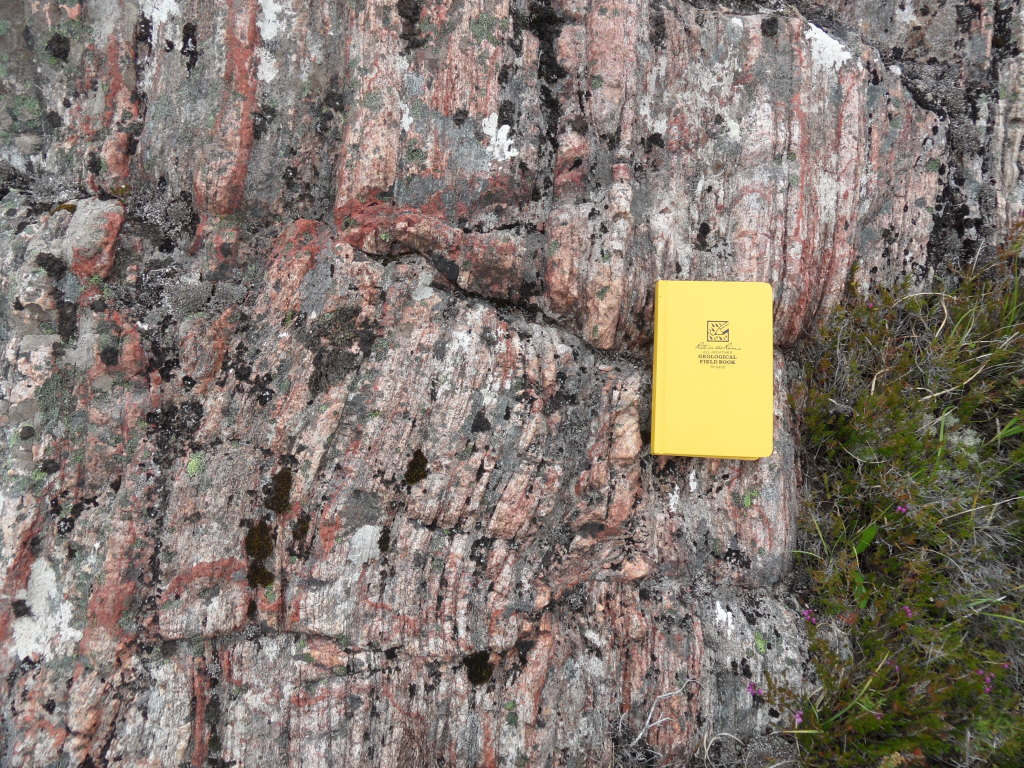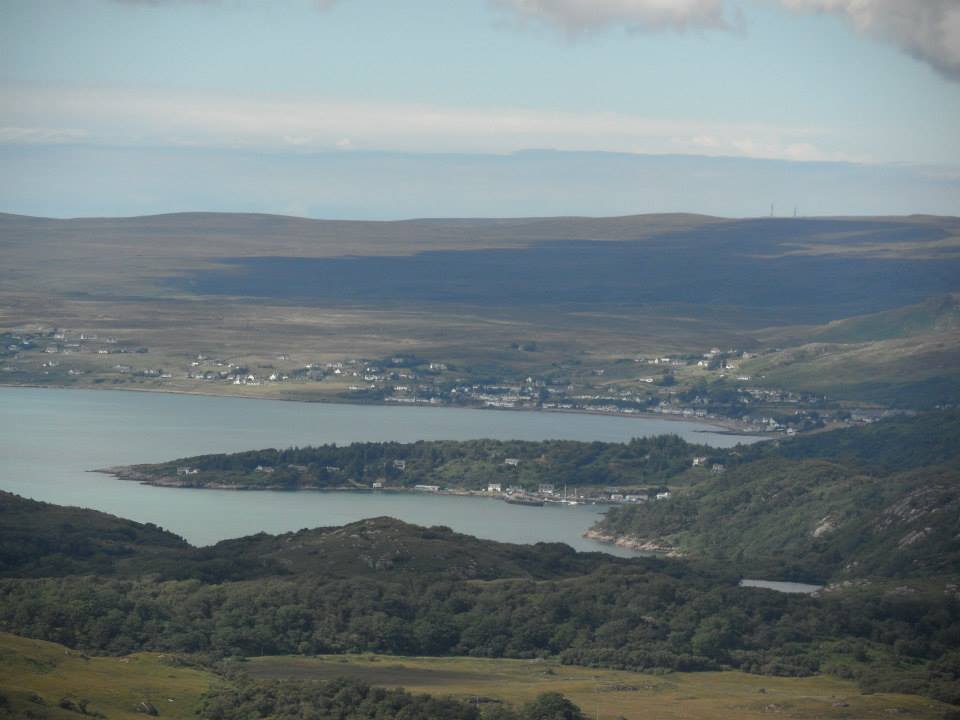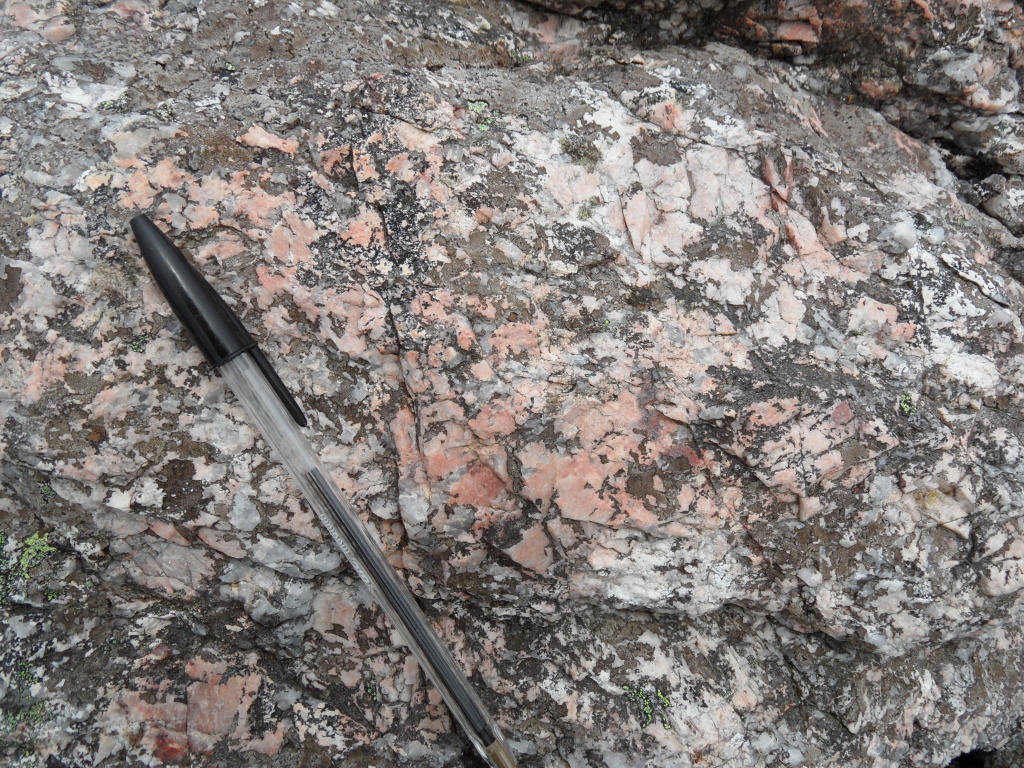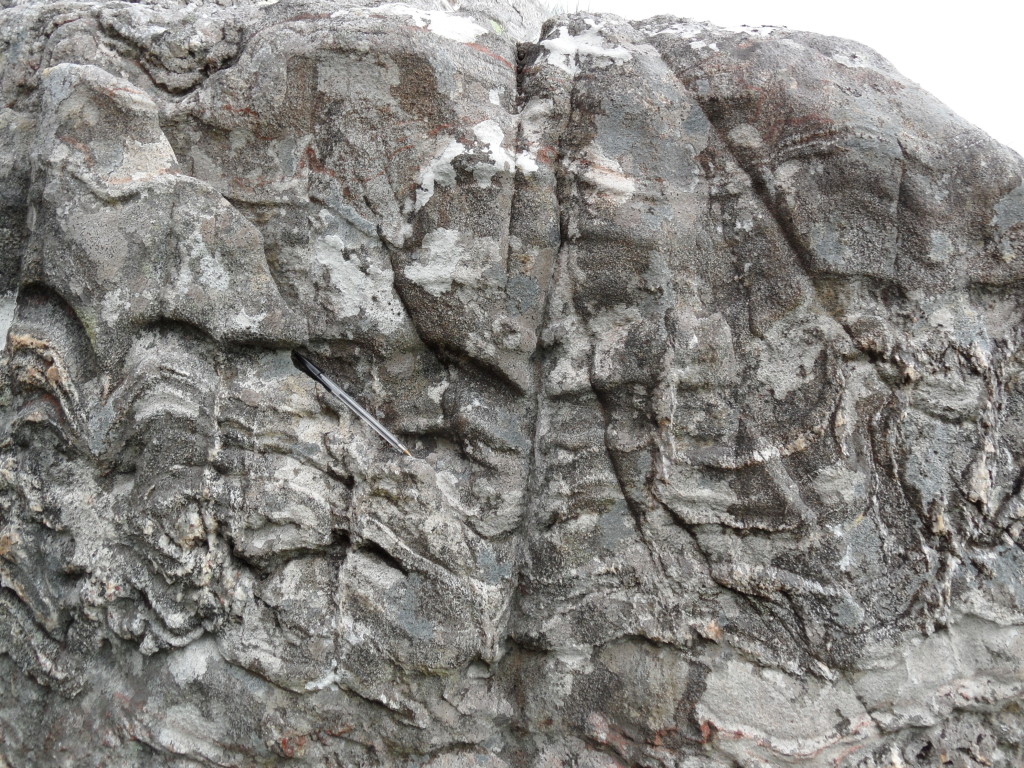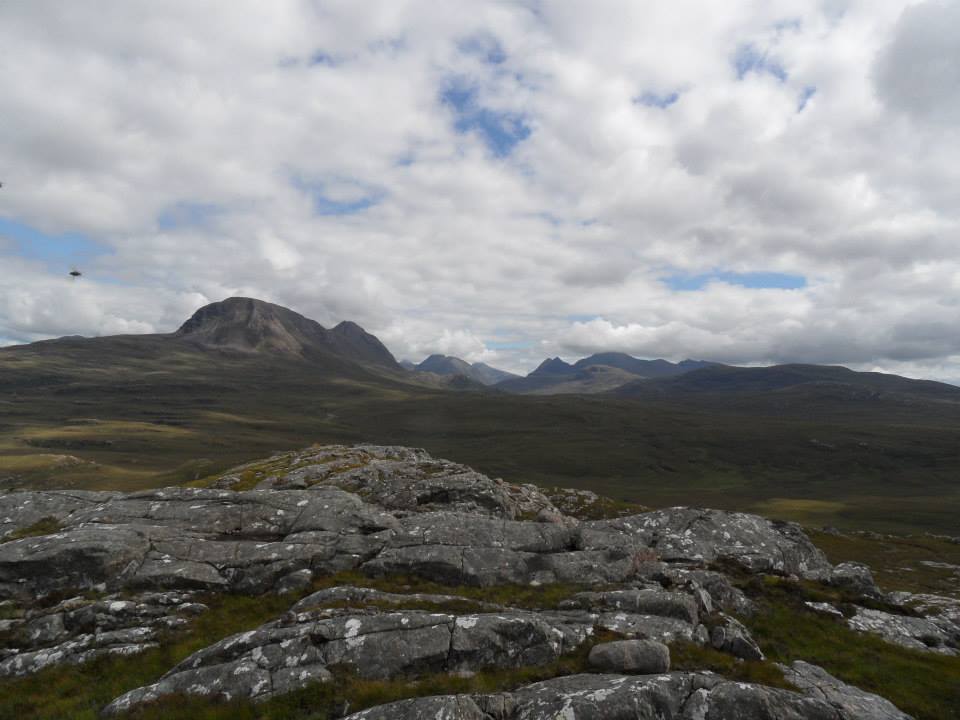The Lewisian Gneiss Complex of the Scottish highlands is of great historical significance and remains a textbook example of how lower-crustal processes can operate, and of how sound field observations can unravel the geological history of a particularly complex area. However, despite the considerable volume of studies that were conducted in the region during the twentieth century, recent studies have demonstrated that the tectonic history of the region and the timing of key events is still far from certain, leading to a sudden, renewed interest in the region.
The complex essentially represents a collection of crustal fragments of Archean and Paleo-Proterozoic material which coalesced at some point during the Paleo-Proterozoic. Prior to 1.7 Ga the fragments experienced a series of three high-grade metamorphic events that transformed the TTG plutons into a gneissic complex. Relating the structural features that can be observed in the field to each of these metamorphic events is made possible by the presence of the Scourie dykes which are present throughout the complex and allow structural features produced by the later Laxfordian event to be distinguished from the earlier Inverian and Scourian events, making them a key stratigraphic marker. The question is, were they all emplaced at the same time? Their use as a stratigraphic marker rests on the assumption that all of the Scourie dykes were emplaced in a very short time frame.
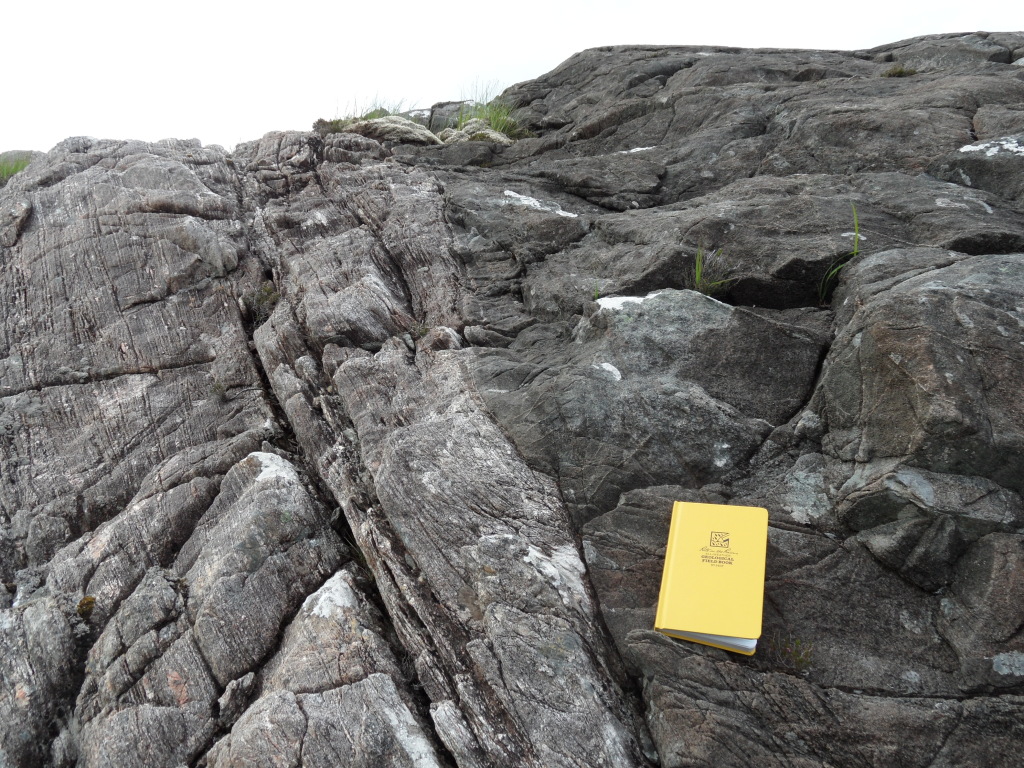
A sharp contact between the Lewisian gneiss and a Scourie dyke. As the dyke isn’t foliated this foliation must either be a Scourian or an Inverian feature.
Through an arrangement between the University of St Andrews and members of the British Geological Survey I was able to attempt to answer this question, taking advantage of the excellent U-Th-Pb geochronology facilities (ID-TIMS) available at the NERC Isotope Geosciences Laboratory. While a number of radiometric ages have already been obtained from the Scourie dyke swarm, few have been obtained through U-Pb radiometric dating and most couldn’t take advantage of relatively modern advances in sample preparation, such as chemical abrasion. As a result, these have typically been very discordant and are of questionable value. Dating zircons using ID-TIMS can produce ages with a precision of 1 – 2 Ma, while chemical abrasion in an ultra-clean laboratory should significantly improve the degree of concordance of these ages. The end result should be a set of precise, highly reliable ages.
Of course, radiometric ages are of little worth without field observations and interpretations to make sense of them. I therefore travelled to the bustling seaside village of Gairloch for three weeks of mapping in the southern-most part of the Lewisian Gneiss Complex, working in the shadow of the massive sandstone peaks of Torridon. This area was selected due to both the huge numbers of Scourie dykes present and the fact that, for the most part, these have only been weakly affected by subsequent metamorphism. Mapping in the remote highlands of Scotland has its challenges, however, with tall deer fences, fast flowing, unbridged streams and seemingly limitless swarms of biting insects plaguing the would-be field geologist.
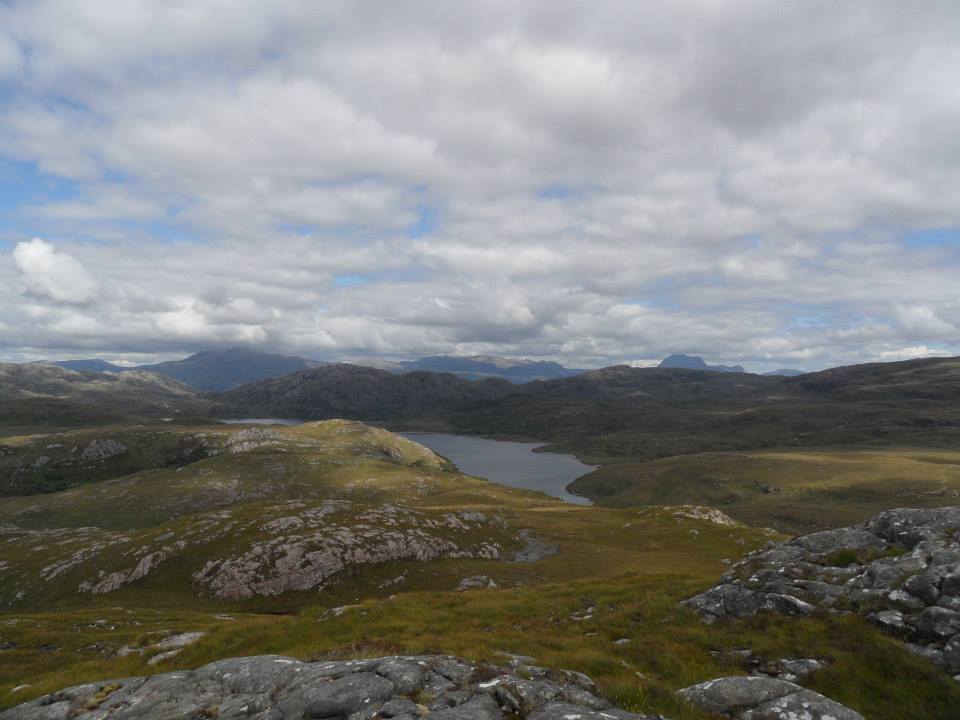
While the mapping area contained no real mountains, covering the broken ground was surprisingly difficult.
The complexity of the region can be demonstrated by the wide range of geological features encountered in a relatively small area: several generations of folds, including numerous spectacular displays of poly-deformational folding, mantled porphyroblasts, migmatisation, magma mingling and pervasive recrystallization. This last feature proved to be somewhat problematic, as it often obscured earlier features. The Scourie dykes themselves are very easy to recognise, as they are huge features that are tens of metres wide, can stretch for hundreds of metres, and often form prominent ridges on the tops of the larger hills of the field area.
In order to obtain samples containing large numbers of high quality zircons that are likely to record the crystallisation age(s) of the Scourie dykes I deliberately targeted relatively coarse-grained sections of thick dykes that showed little or no sign of Laxfordian metamorphism. Given that zircons are typically thought to be scarce in mafic dykes, the larger the samples are the better. Hacking these huge samples out of glacially polished rocks proved to be challenging, to say the least. Fortunately the samples that were collected proved to be worth the effort, as a collection of relatively large, high quality zircons were obtained from each of the samples.
Actually visiting the geochronology lab at Keyworth was an eye-opening insight into how geologists convert these zircons into useable geochronological data. Abrasion with various acids, including the notoriously hazardous hydrofluoric acid, prior to analysis is vital to obtaining precise ages and so most of the visit was spent in an ultraclean lab. Despite my clumsy attempts to help out, this was largely left to the experienced technicians, who made this delicate work appear so natural. Now that the lab work has been finished, all that’s left (as if this is the easy part!) is to actually calculate and interpret the ages of the zircons. These dates should help to improve our understanding of what was going on in the region during a complex period of time and may even show that our understanding of the Scourie dyke swarm and the processes that created it needs to be re-evaluated.
![]() This work is licensed under a Creative Commons Attribution-NonCommercial-ShareAlike 4.0 International License.
This work is licensed under a Creative Commons Attribution-NonCommercial-ShareAlike 4.0 International License.

